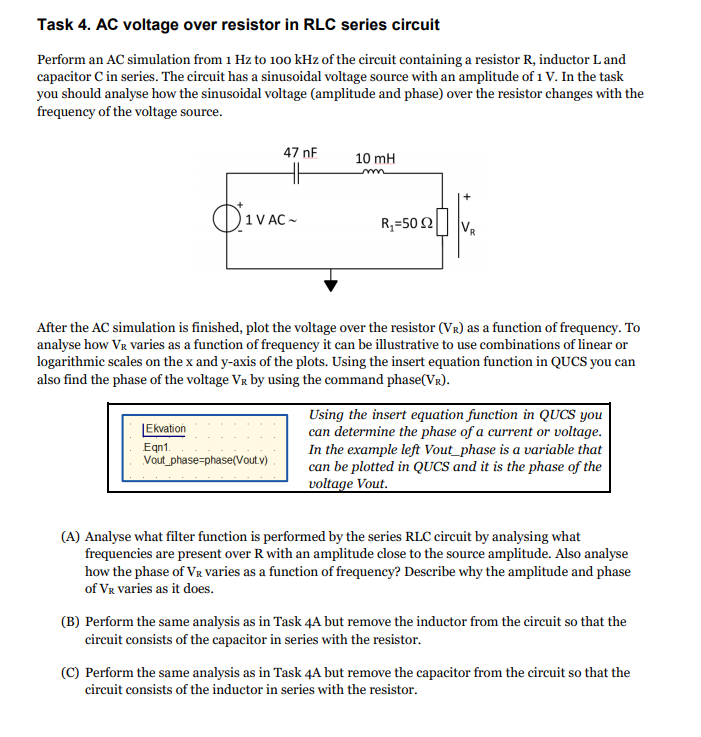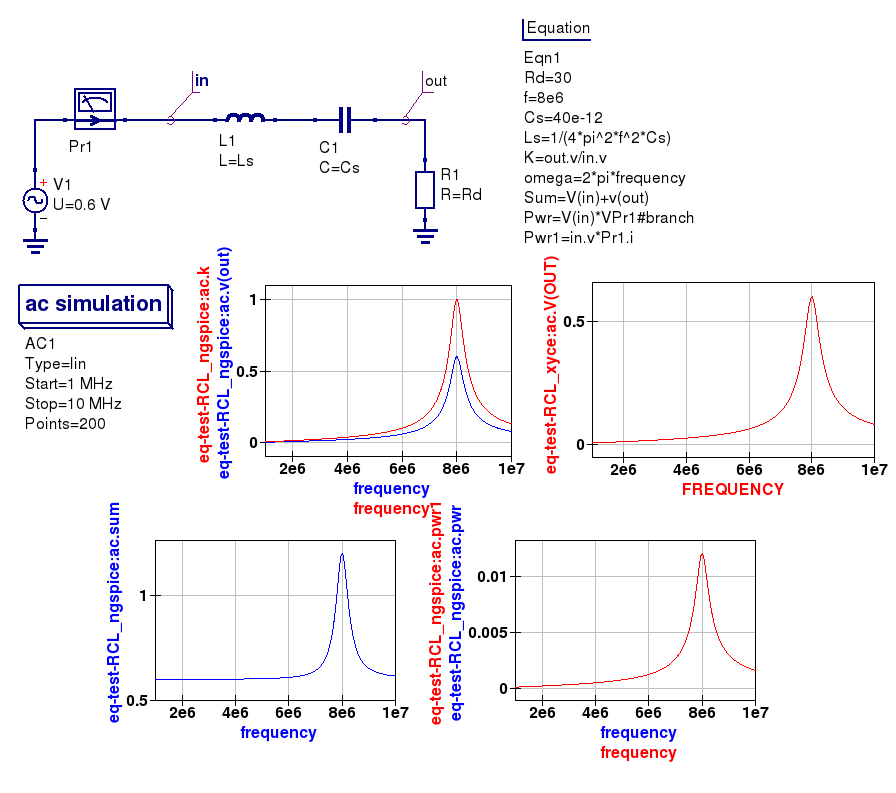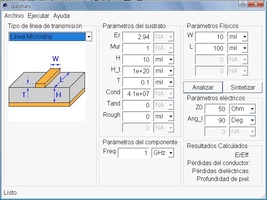How to simulate a common emitter bjt amplifier in qucs 0.0.18. Simulating the frequency response, DC bias, and transient response. In this video I'm using ve. 'Qucs' provides a rich set of functions, which can be used to generate and display new datasets by function based evaluation of simulation results. Beside a large number of mathematical standard functions such as square root (sqrt), exponential function (exp), absolute value (abs), functions especially useful for calculation and transformation.
Introduction¶
For a circuit simulator to be a useful circuit design aid it must be able to simulatea range of analogue and digital circuits which include passive components, semiconductor devices,integrated circuits and non-electrical devices when needed. By combining Qucs with ngspice and Xycethe number of available simulation models has increased significantly, making the spice4qucs versionof Qucs more flexible and powerful, when compared to earlier Qucs releases.One of the primary motives behind the development of spice4qucs was to provide Qucsusers with access to published SPICE component models while keeping all the existing Qucs models and simulationcapabilities unchanged. With the first release of spice4qucs, as Qucs-0.0.19S, this aim has largelybeen achieved. However, there are still significant gaps in the Qucs-0.0.19S simulation capabilities(for example no SPICE 3f5 .PZ simulation yet) and model coverage (for example thenumber of power analogue and digital models are limited). More work is planned on model developmentfor later releases of the software, including improvements to power device models and the introduction ofXSPICE digital models for true mixed-mode analogue-digital simulation. Any improvements and additionsto the Qucs-0.0.19S model complement will be recorded in this document as they are introduced by theQucs Development Team.
This chapter of the spice4qucs-help document consists of two parts; firstly a brief component specification anda more detailed technical reference, and secondly a selection of typical simulation examples which illustrate the use ofthe various component models. Part two has been added as an aid to help Qucs users appreciatethe new style software and the differences between Qucs-0.0.19S and earlier releases of Qucs.
No two circuit simulators are equipped with an identical number, and the same identical types, of circuit simulation models.This is even true with the various implementations of SPICE developed from SPICE 3f5. Hence, by combining Qucs, ngspice andXyce within onecircuit simulation software package there has to be a way of identifying which models work with which simulator.A second feature that further complicates model selection is the fact that supposedly identical models representingthe same generic device, for example a BJT, may be based on different physical device equations and a different numberof device parameters. In an attempt to identify which model works with which simulator the Qucs Development Team haveadopted the following model symbol colouring scheme; existing Qucs models are coloured dark blue (no change),SPICE models which work with both ngspice and Xyce are coloured red, SPICE modelsthat only work with ngspice are coloured cyan and SPICE models that only work with Xyce are coloured dark green. This schemeis not perfect because a number of the original Qucs models also work with ngspice and Xyce. However, for legacy reasons theQucs Development Team has decided not to change the colours of these models at this time. This decision will probably bereviewed in later releases of Qucs.
The models shown in Figure 7.1 are the original Qucs-0.18 models which can be included in ngspice and Xyce simulations. PleaseNOTE that for those Qucs users who do not wish to simulate circuits with either ngspice or Xyce all the models distributed withQucs-0.0.18 work with Qucs-0.0.21S without any modification via the usual Simulation (key F2) command. So far no attempthas beenmade to interface Qucs Verilog-A models with ngspice or Xyce. This task is scheduled for a later spice4qucs development phase.
Figure 7.1. Qucs-0.0.18 models that work with Ngspice and (sometimes) Xyce.
Spice4qucs component specifications and technical reference¶
Capacitor (C)¶
Inductor (L)¶
Resistor (R)¶

Independent AC Current Source (I)¶
Independent AC Voltage Source (V)¶

Independent DC Current Source (I)¶
Independent DC Voltage Source (V)¶
Linear Current Controlled Current Source (F)¶
Linear Current Controlled Voltage Source (H)¶
Linear Voltage Controlled Current Source (G)¶
Linear Voltage Controlled Voltage Source (E)¶

Probes¶
Qucs Netlist¶
Qucs netlist generated by Qucs-S for the 7.2.12 probe example circuit.
Ngspice Netlist¶
Ngspice netlist generated by Qucs-S for the 7.2.12 probe example circuit.
NOTES:
1. To make the Qucs and Ngspice netlists readable, single lines of width greaterthan a page width have been indented and continued on one or more lines after the initial entry.
2. The Qucs-S Xyce generated netlist has a different structure to the conventional SPICE 3f5 formatadopted by Ngspice and SPICE OPUS.
Relay (Voltage controlled switch) (S)¶
Voltage controlled switch (S) - Qucs relay component.
Diode (D)¶
BJT npn (Qucs T, ngspice Q)¶
Ngspice diode (D)¶
Ngspice linear resistor (R)¶
Ngspice linear capacitor (C)¶
Ngspice linear inductor (L)¶
Qucs-spice
Ngspice independent AC voltage source (V)¶
Ngspice non-linear dependent voltage and current sources (B)¶
B source example 1: Simulation of the DC characteristics of a diode modelled with a B source pwl function; diode series resistor set at 1e-3 Ohm¶
Qucs
B source example 2: Simulation of the properties of a high power half-wave rectifier circuit with 0.5 Ohm load¶
Linear and non-linear transformer models¶
Qucsstudio Vs Qucs
Qucs release 0.0.18, and earlier versions of the software, includes a number of transformer and coupled inductance models. Thesemodels are linear with none of the important non-linear effects found in real transformers, including for example, winding resistance,inductance fringing effects and core saturation. The transformer models introduced in this section inctroduce a number of physical effects whichcorrect the linear transformer limitations. The ideas introduced in their design also act as a set ofbuilding blocks which can be used to construct more complex models. The non-linear transformer and core models can be found in thelibraries called “Transformers” and “Cores” located in the spice4qucs system library.
Two winding transformer model with in phase primary and secondary voltages and winding resistance¶
*
Two winding transformer model with out of phase primary and secondary voltages and winding resistance¶
Qusai
Two winding transformer model with in phase primary and secondary voltages, winding resistance and fringing inductance¶
Two winding transformer model with in phase primary and secondary voltages, winding resistance and core saturation¶
Spice4qucs magnetic core library: symbols and B/H specifications¶
Two winding transformer model with in phase primary and secondary voltages, winding resistance and core saturation (using XSPICE models)¶
Three winding transformer model with winding resistance and core saturation effects (using XSPICE models): full-wave rectifier example¶
More complex circuit simulations that demonstrate the use of spice4qucs models¶
